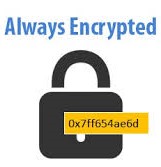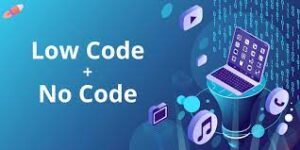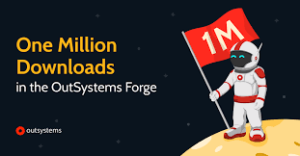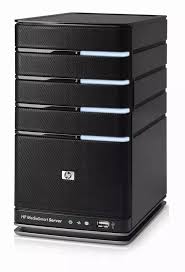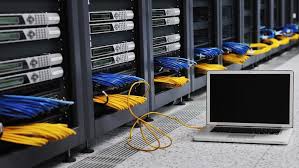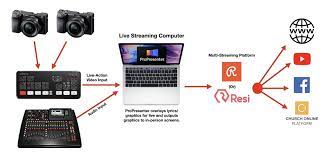Originally posted on March 13, 2024 @ 12:36 pm
The coverage of this topic which focuses on proven tips to mastering your mix for digitalized sound production.
It is for every aspiring sound engineer and music producer for gainful, valuable insights and techniques to achieve productive and commendable digital sound/music production from your digitalized mix

Structural Concept of Digitalized Mix
This aspect forms the mastering foundation for organizing and managing audio elements within a digital audio project,establishing a creative expression.
The lack of understanding of the structural aspect is the missing link in mastering that desired quality sound production.
But you have come to that end as you take a bend for proper enlightenment with proven tips and become a successful and productive sound engineer.
First, know your equipment(s) that is most relevant in setting up a professional audio sound system according to experts. They are as follows;
Electrical Equipment
Console Mixer: It is the mixing board that helps to control all related connections of the other equipment used during your setup.
The pleasure in mastering sound production is determined by how knowledgeable you are with a console mixer.
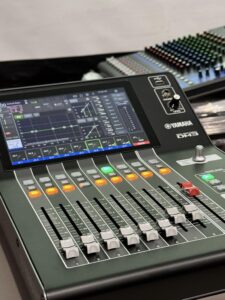
Powered Amplifier: The Amplifier generates the signal waves that enter into your speakers. The volume level of your speaker is majorly defined by the volume level of your amplifier
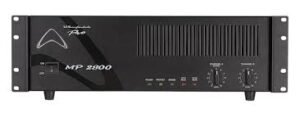
Processors (Speaker Management System): This is a digital device that comprises of Equalizer (EQ), Compressor, Gates and Dynamic Threshold. It is a refined version of the traditional processor because speaker management system is an all in one built
![]()
Speakers (Non-Electrical Equipment)
Loud Speakers: This kind of speakers are known as Front of House (FoH) that plays output sound to the audience and are usually light weight production such as vocals, keyboard, lead guitar, drum sets expect for your drum kick

Monitor Speakers: They are usually smaller speakers that are connected to specific instrument, vocal, or even the stage.
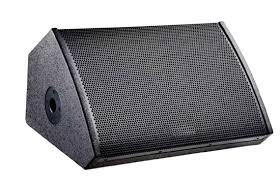
It does not allow general mix output from the speaker
Sub-woofer Speakers: They are heavy weight speakers that mainly produce the bass-like sound such as from drum kick, bass guitar, talking drums
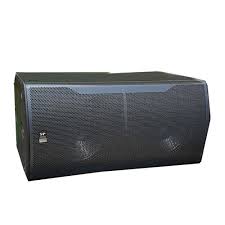
Power Devices
Grounding Device – It ensures safety, minimizes noise, preserves signal integrity, and protects audio equipment, contributing to high-quality audio performance in professional audio systems.
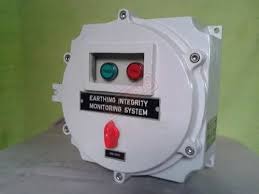
Load Manager -This serve as a crucial component that manages electrical loads, optimizing signal flow, and protecting audio equipment from damage, thereby ensures reliable and high-quality audio performance.

Direct Injection Box (DI-Box) – It convert high impedance unbalanced signals into low impedance balanced signals on instruments such as lead & bass guitars, keyboard
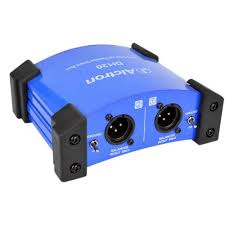
Physical Requirement
Room Acoustics: This component is a major requirement that helps to minimize reflections and unwanted noise as well as soundproofing

Accessories
Copper speaker cable, Speakon, signal cable, cannon head (male, female), Jack plugs,
When the above equipment is available for your sound setup, be assured that the dynamic concept on mastering your digitalized sound production will become an enjoyable ride for a quality sound production.
Dynamic Concept of Digitalized Mix for Quality Sound Production
Now, establishing the fact that our structural setup is completed as mentioned above.
In this context, the dynamic concept expresses how your routing should be configured and mastered on the mixing console for its best performance.
Let us also re-emphasis that the rating of your sound production is not based on the loudness of your sound mix but sorely on clarity, balance and dynamics
Digital mixing platforms support collaborative workflows, allowing multiple users to work on the same project simultaneously, share mix settings and presets, and collaborate in real-time, fostering dynamic teamwork and creativity in sound production.
These dynamic aspects of digitalized sound mixing enable mix engineers and sound designers to achieve greater control, creativity, and precision in shaping audio content for various applications and contexts.
Here is a few of them but most important aspect of achieving a quality digital production
UNDERSTANDING THE 4 STAGES OF DYNAMIC DIGITALIZED MIX
Ring out the Hall/Auditorium
Using a measuring Mic (RTA) allows you to set the best equalization for the space you have and thus helping to locate peaks and dips that should be cut out of your mix.
Steps involved in connecting your devices for ringing a hall –
- Connect your Loud/Sub Speaker to Amplifier
- Take your Signal Cable and connect from the amplifier to your Speaker Management System
- From there, connect from Speaker management system to the Mixer
- At the front panel of your speaker management system, connect your RTA Mic
- Finally, position the RTA Mic at the middle of your Left & Right Speaker; usually not more than 10 meters away from the speakers.
Steps to Ring out the Hall/Auditorium using the Speaker Management System
- Click the wizard button on the management system
- Set the pink noise on the preferred performance level
- Click on Next button; the EQ will tune the speakers to the room
- Wait until your auto-EQ is complete and Click NEXT until you save
- Rename the scene name to your desired name.
Dynamic Range Compression
Compression is a vital aspect in sound production; it helps to cut unwanted sound waves.
Here are some important points
- The compression section helps to cut of the excesses in vocals and only allow the sound waves that the speaker as an output can accommodate and releases such to the audience.
- Some heavy weight instruments such as Drum Kick, Bass Guitar are configured not to distort or send feedback noise that can disrupt your sound mix
Advantages –
- It preserves your overall equipment from damage
- It keeps your mix neat, clear and desirable by the listeners
Here is a quick link that teaches best approach to dynamic compression –
Dynamic Effects Processing
Digital mixers provide a wide range of dynamic effects processing options, including time-based effects in song ministrations
However, do not overdo Effects as too many effects in individual input mix can lead to unpleasant sound;
Use effects like reverb, delay, and modulation sparingly and purposefully to avoid overwhelming the mix.
Learn dynamic effect processing an easy steps with so much impact
Real-time Adjustments
This is the most enjoyable section that requires full concentration; it takes place after your configuration is complete.
For me, “I have called this the Gift of the combination of the Hand, Eyes and Ears”.
What is it about?
To adjust audio levels, EQ settings, effects, and other parameters during ministrations or playback, allowing on-ground modifications based on feedback.
How is it Possible?
- Use your ears as the final judge of sound quality.
- You Train yourself to recognize subtle nuances and make decisions based on what sounds best.
BENEFITS OF MASTERING DIGITAL SOUND MIX
Dynamic Mixing –
It makes room for different recording and saved them respectively without altering either of the mix. Multiple scenes are created to accommodate your mix.
Your saved scenes can be copied into a removable storage device and used elsewhere provided it is same product of digital mixer.
Interactive Control Interfaces –
Most digital mixer comes with loveable features such as touchscreens, motorized faders, rotary encoders, and assignable buttons.
With Digital mixers, you can dynamically control various parameters, facilitating fluid mixing workflows.
Non-destructive Editing –
You can edit your settings and re-save with a different scene name that can be used in future without altering the scenes initially saved into the mixer thereby it facilitates creativity
Parallel Processing –
Dynamic digital mixers have the ability to process individual input channel independently, blend all the input channel together dynamically for a pleasurable production for your listeners
Finally, as a sound Engineer or prospective sound Engineer, apply these tips and continuously refining your skills for digitalized mix
You have no excuse not to strive for digitalized sound production with perfection and creating high-quality recordings that standout
Stay updated with the latest techniques, tools, and trends in digital sound production through online resources, courses, and workshops.
Also you can contact us if there are further explanation as required by us.

